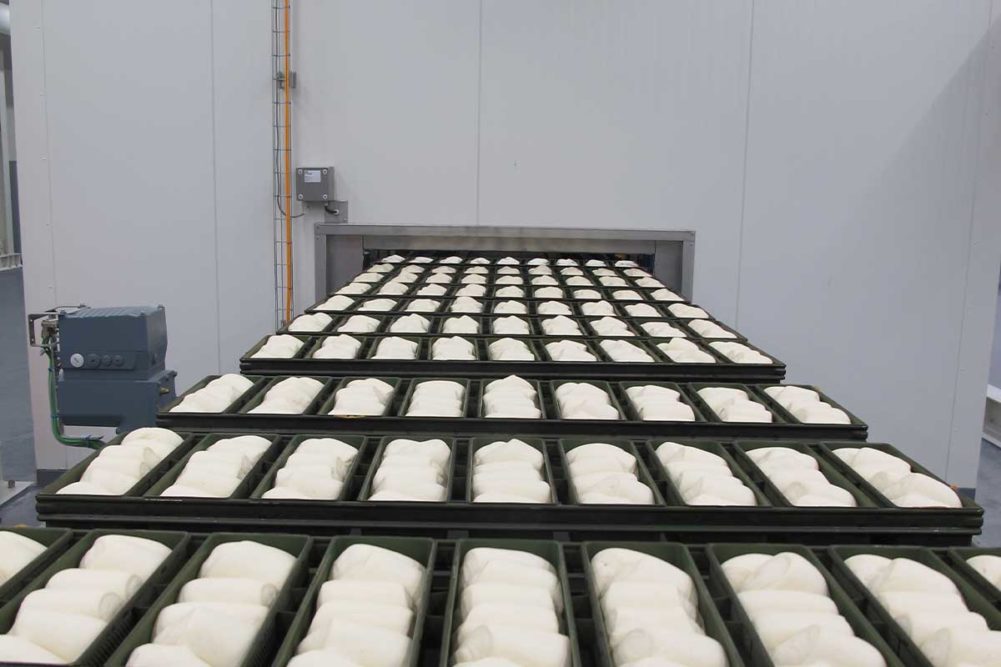When E.J. Papadopoulos S.A. ventured into the bread market, it produced a classic range, including toast, or lidded sliced bread, and open-top variety.
It paid homage to traditional bakers with its Choriano, a traditional village-style open top loaf with natural ingredients and no preservatives.
A few years later, the Athens-based company introduced Papadopoulos Toast Plus, a fortified bread with vitamins and minerals and an ancient grain variety, baked with Dicoccum wheat. Its Gefsi², which means “taste” in Greek, offers a crispy outside texture that’s fluffy on the inside and designed for making toast.
“It is a fact that consumers have become more health conscious, even more as a result of COVID,” said Eleftherios Makras, R&D director. “Consumers are looking for ingredients that provide nutritional benefits in their everyday diet. Immune, gut and brain health have become key concerns for consumers affecting food in general.”
Seeded bread, he said, provides nutritional and textural qualities. Ancient grains come with a wholesome nutritional profile that’s viewed in a more positive light by consumers actively seeking natural or “pure” ingredients.
“They also have a story to tell from the past, creating an even stronger quality perception,” Makras said.
He noted Papadopoulos Dikokko bread contains whole grain flour as well as chia and quinoa seeds and has a high nutritional value with thiamine, phosphorous, manganese and copper that contributes to immunity system maintenance.
Moreover, Papadopoulos Toast Plus is fortified with vitamin D, calcium, iron and folic acid. It was created after a major research study by the department of nutrition of the Agricultural University of Greece found most Greek children and adults do not receive the appropriate intake of these vitamins and minerals within their daily diet.
Additionally, Papadopoulos offers gluten-free products not only in bread, but also in bread substitutes and sweet biscuits. The bread substitutes category consists of classic rusks, traditional rusks, breadsticks and crispbreads.
“Classic rusks are mainly consumed by seniors and mainly for breakfast with sweet and salty servings,” Makras said. “They are a very price-sensitive category, and as such, retailer’s own brands have a big share of the specific market. Crispbreads, on the other hand, are considered the modern rusks that are more nutritional and healthier. They are consumed throughout the day with sweet or salty toppings by younger age groups. Their modern image along with their versatile usage are the key drivers of their popularity and growth.”
Traditional Greek rusks called paximadia are a larger and thicker product like biscotti with a harder texture, so they need to be dunked before being consumed. Eaten either as a mini meal or as food accompaniment, Makras noted, they are a growing segment due to their nutritional value and Greek heritage.
He added breadsticks are also expanding in popularity due to innovation from many players in the Greek market that added nutritional, tasty and on-the-go snack varieties.
This article is an excerpt from the February 2024 issue of Baking & Snack. To read the entire feature on Papadopoulos, click here.





